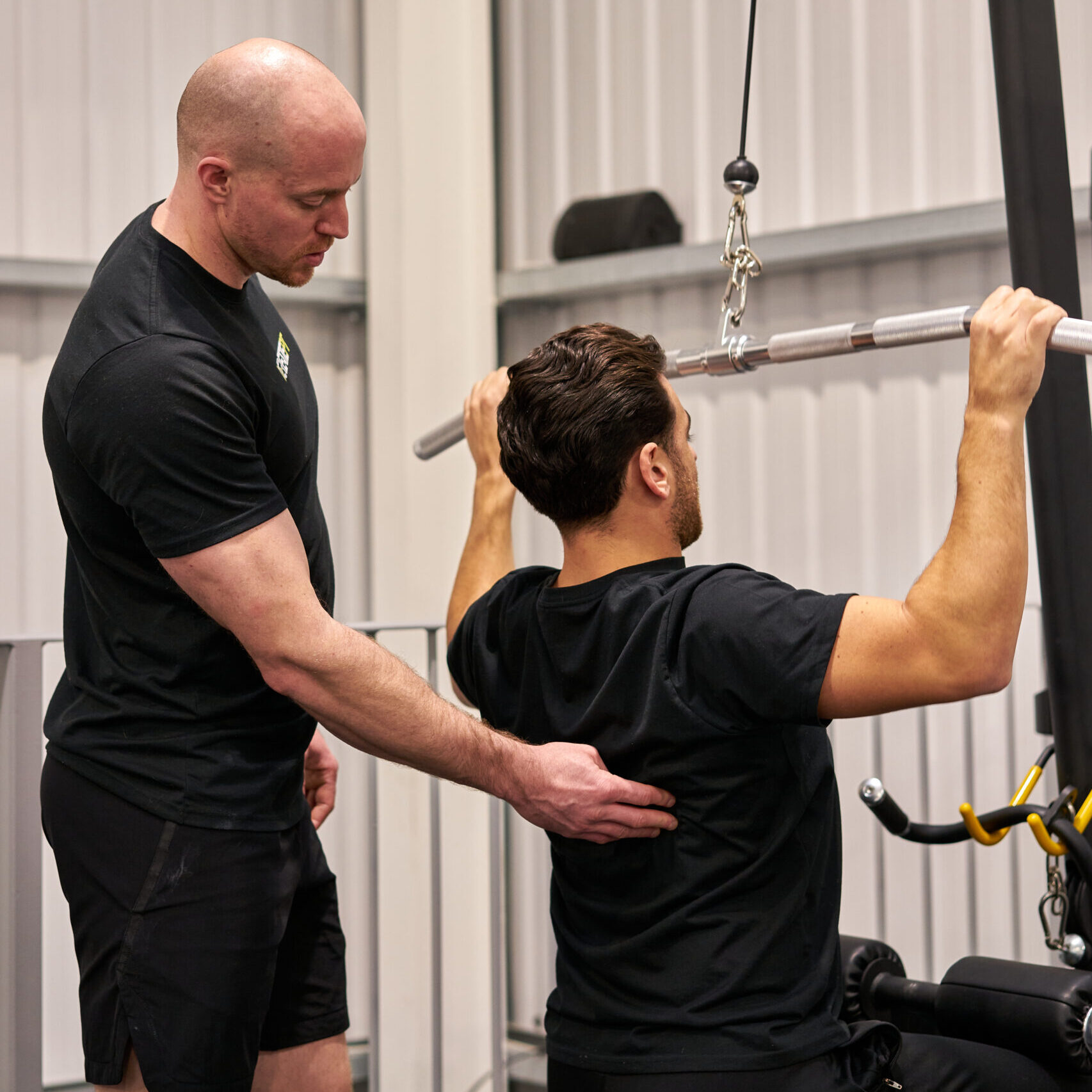The need to produce large ground reaction forces and muscular torque is vital within sports performance, directly affecting an athlete’s ability to accelerate (McBride et al, 2009), jump (Nuzzo et al, 2008), change direction (Spiteri et al, 2014), strike an object or opponent (Kibler, 2009), with stand collisions (Baker and Nance, 1999), and perform within endurance sports (Ronald et al, 1997). Furthermore, explosive power performance is laid on a foundation of strength and enhances the neuromuscular system’s ability to produce large power outputs.
To improve an athlete’s force/torque generation capability, coaches need to ensure strength training is correctly periodised within the overall performance programs. Therefore, the aim of this short course to provide coaches with a guide to designing effective strength programs within athletic performance and general populations alike.
Course Aims & Objectives
1 – Explain the need for strength training within athletic preparation and the athletic benefits of strength training.
2 – Explain the need to produce large ground reaction forces and joint torques within sports performance.
3 – Describe the concept of ‘transfer of training effects’ and the need to replicate the biomechanical demands of sport within S&C.
4 – Name a number of squat, hinge, push and pull pattern strength-based training exercises.
5 – Describe how linear, undulating, summated and concurrent periodisation can be applied to strength training within athletic performance programs
6 – Describe how back off sets and the wave loading method can be applied within strength training.
7 – Explain Prilepin strength dose tables, volume load, minimum effective volume, maximum recovery volume and how these concepts can help guide training load selection.
8 – Describe Han Selye’s General Adaptation Syndrome model and this underpins fundamental periodisation principles.




